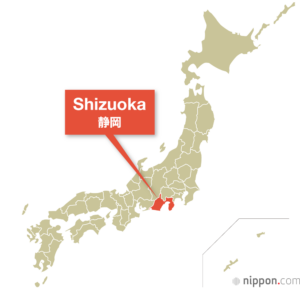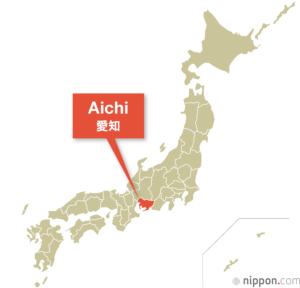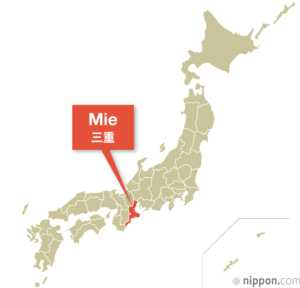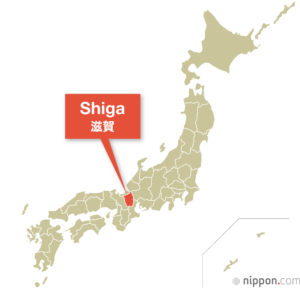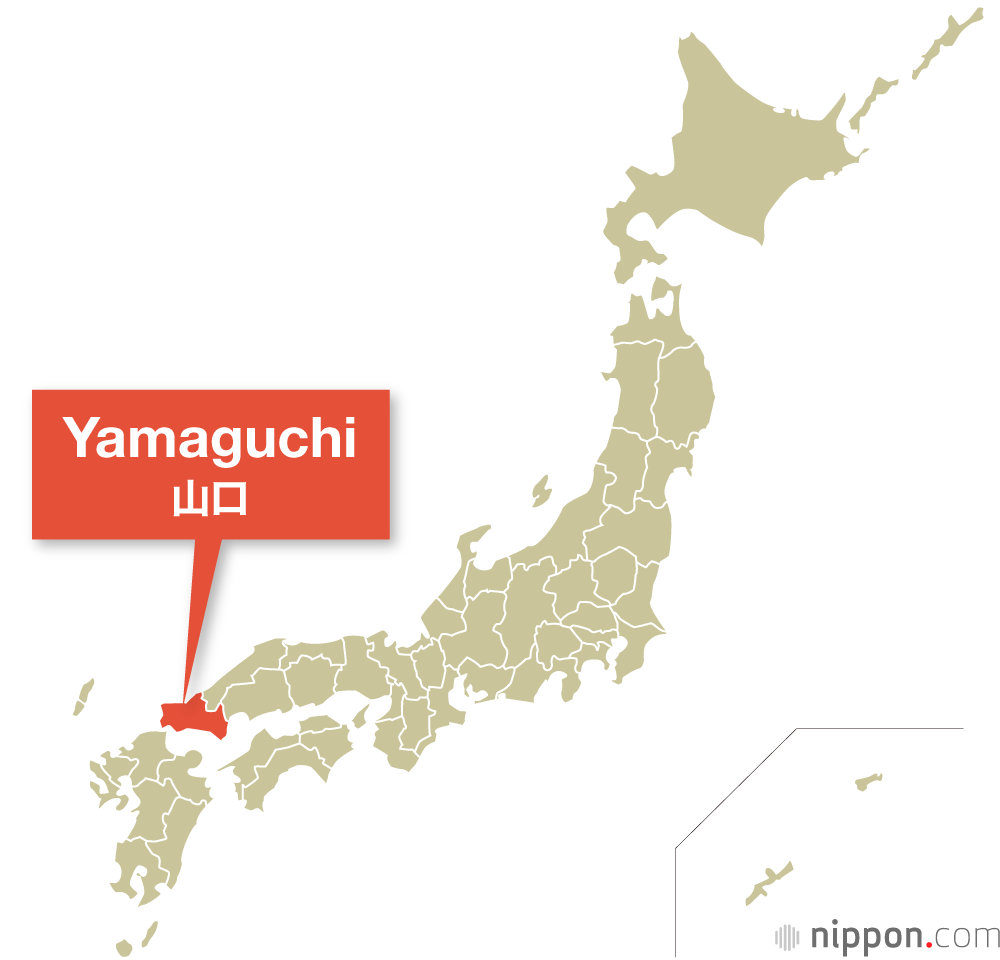Iwate Prefecture
Banzai Japan
Idol Group
Visit there
Website
The sparsely populated Tōhoku prefecture of Iwate is home to both rugged mountains inland and an extensive coastline on the Pacific Ocean. Rich in history, it is also the site of Hiraizumi, whose Buddhist temples earned it a World Heritage designation in 2011.
Iwate Prefecture is in the Tōhoku region, located on the Pacific coast of Honshū.
It is the second largest prefecture in Japan, behind only Hokkaidō, but a low population density leaves it with plenty of space for natural beauty.
Ski resorts in the west of the prefecture and spectacular coastal views in the east draw visitors year-round.
Iwate Prefecture at a Glance
- Established in 1871 (formerly part of Mutsu province)
- Capital: Morioka
- Population: 1,211,000 (as of Oct. 2020)
- Area: 15,275 km2
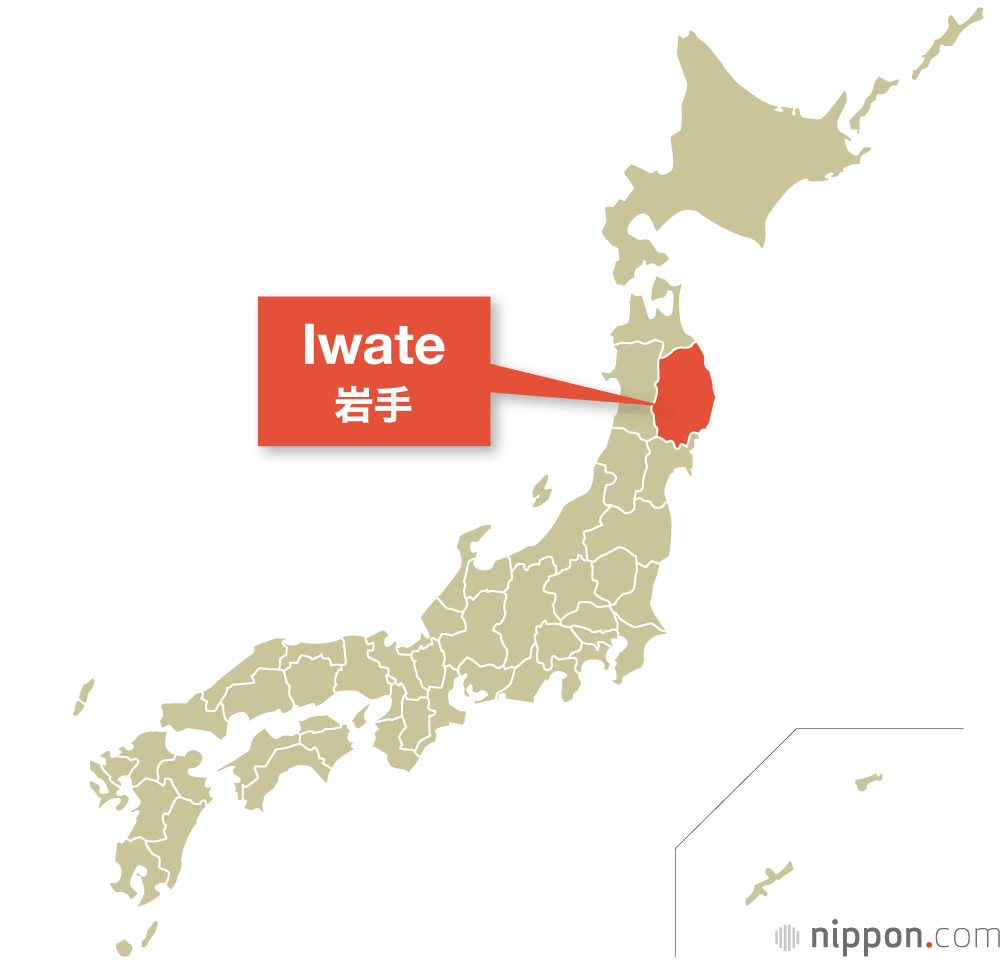
Iwate’s capital, Morioka, is the largest city in the prefecture, but is still home to fewer than 300,000 people.
Much of the population is concentrated along the Kitakami River, Japan’s fifth longest, in the prefecture’s west, also the route taken by the Tōhoku Shinkansen line.
The western border of the prefecture, shared with Akita, is mountainous and sees heavy snow in the winter. Ski resorts like Shizukuishi, Hachimantai, and Appi—all near the prefecture’s tallest peak, the 2,038-meter Mount Iwate—enchant winter sports fans with their long runs and lack of crowds.
The Pacific coast was heavily hit by tsunami following the March 11, 2011, Great East Japan Earthquake, which made the names of cities like Miyako and Kamaishi known nationwide and even around the world.
Cape Todo, on the prefecture’s central coast, is the easternmost point on the main island of Honshū.
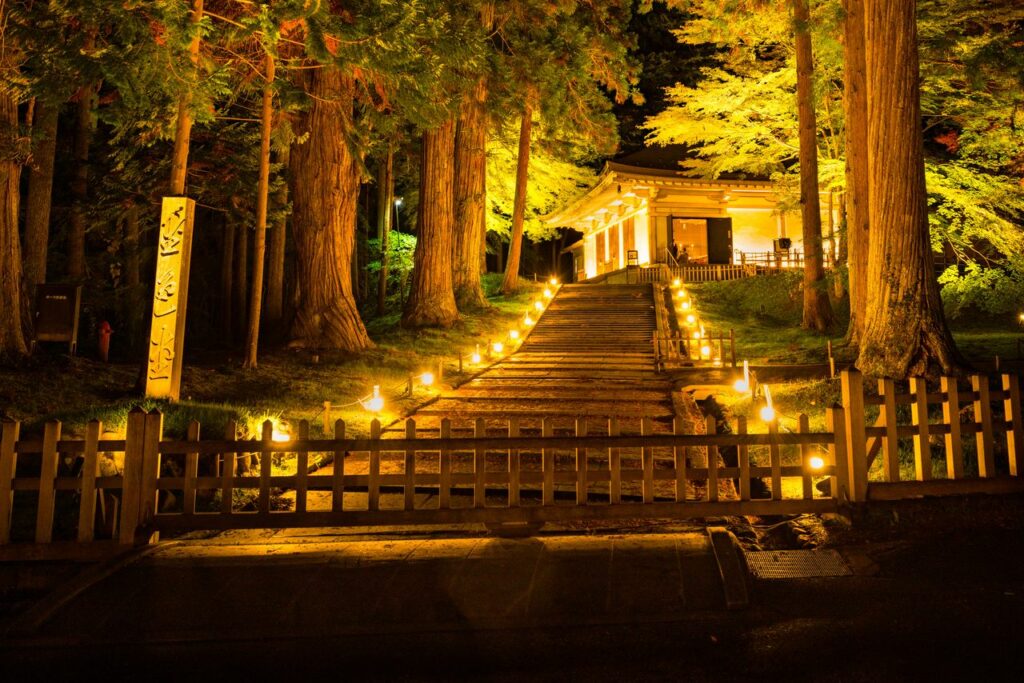
Despite its distance from the centers of Japanese culture in antiquity, Iwate was home to a major center of Buddhism in the north.
Hiraizumi, a city designed according to Pure Land Buddhist principles in the eleventh and twelfth centuries, earned UNESCO World Heritage status in 2011 for its gardens, archaeological sites, and temples including Chūsonji and Mōtsūji.
Iwate’s small population means it is no industrial powerhouse, but it ranks fifth in the nation in forestry, providing some 5% of the nation’s lumber based on value as of 2015.
Its rugged ria coastline, characterized by narrow inlets separated by high ridges, makes it ideal for production of shellfish, particularly abalone, in which it leads Japan.
By no means a major industry, but one prized by tea aficionados, is Nanbu tekki, cast iron pots made in and around Morioka for some four centuries.
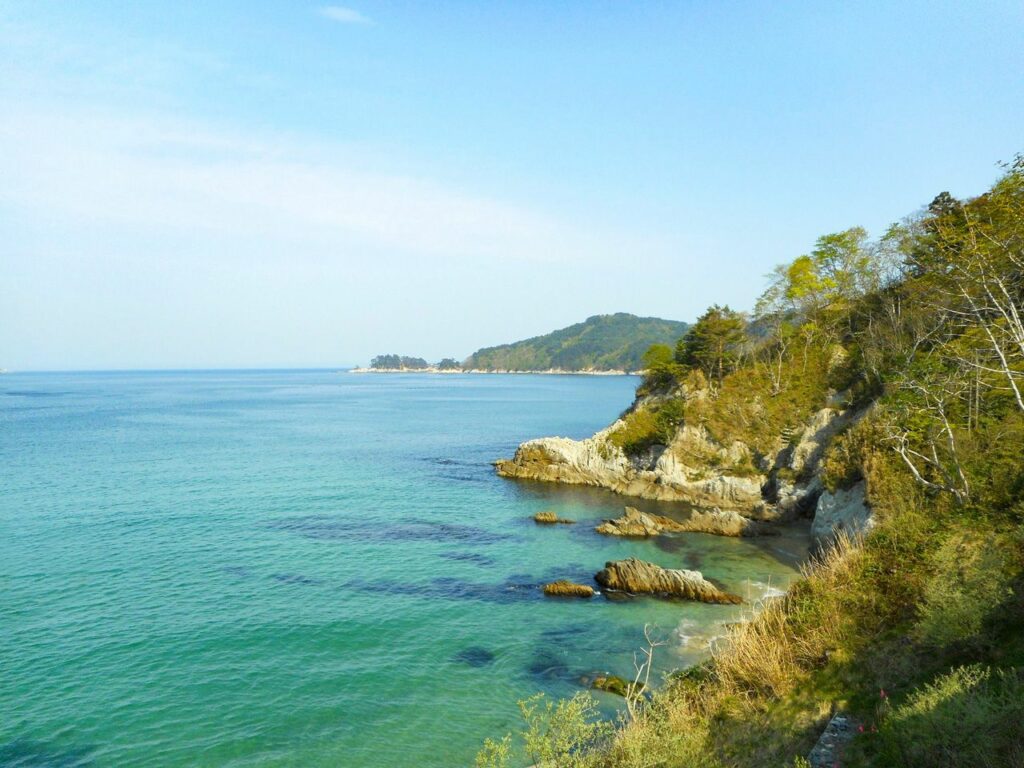
Iwate is a land of literature and folktales. The folklorist Yanagita Kunio in 1910 wrote Tōno monogatari (Tales of Tōno), a collection of stories collected in the central Iwate district of Tōno, establishing the modern foundations of Japanese folklore studies. The early twentieth century also saw the writing career of Miyazawa Kenji, whose stories of the Iwate-inspired land of Ihatov are loved to this day.

The Wanko Kyōdai, siblings based on the popular Morioka dish wanko soba (endless tiny bowls of soba noodles brought in rapid succession to diners until they have had their fill), are Iwate Prefecture’s official mascots.
Famous Figures
- Miyazawa Kenji (1896–1933): Writer. Plagued by illness for much of his life, during which he received little recognition, in death he became known for his works set in Ihatov, his fictional land based on Iwate. Best known for the poem “Ame ni mo makezu” (trans. “Undefeated by the Rain”) and novels like Ginga tetsudō no yoru (trans. Night on the Galactic Railroad).
- Nitobe Inazō (1862–1933): Educator. Studied agricultural policy in the United States before returning to Japan, where he taught at universities in Sapporo, Kyoto, and Tokyo and devoted himself to women’s education as the first president of Tokyo Women’s Christian University. Known also as the author of Bushidō: The Soul of Japan.

